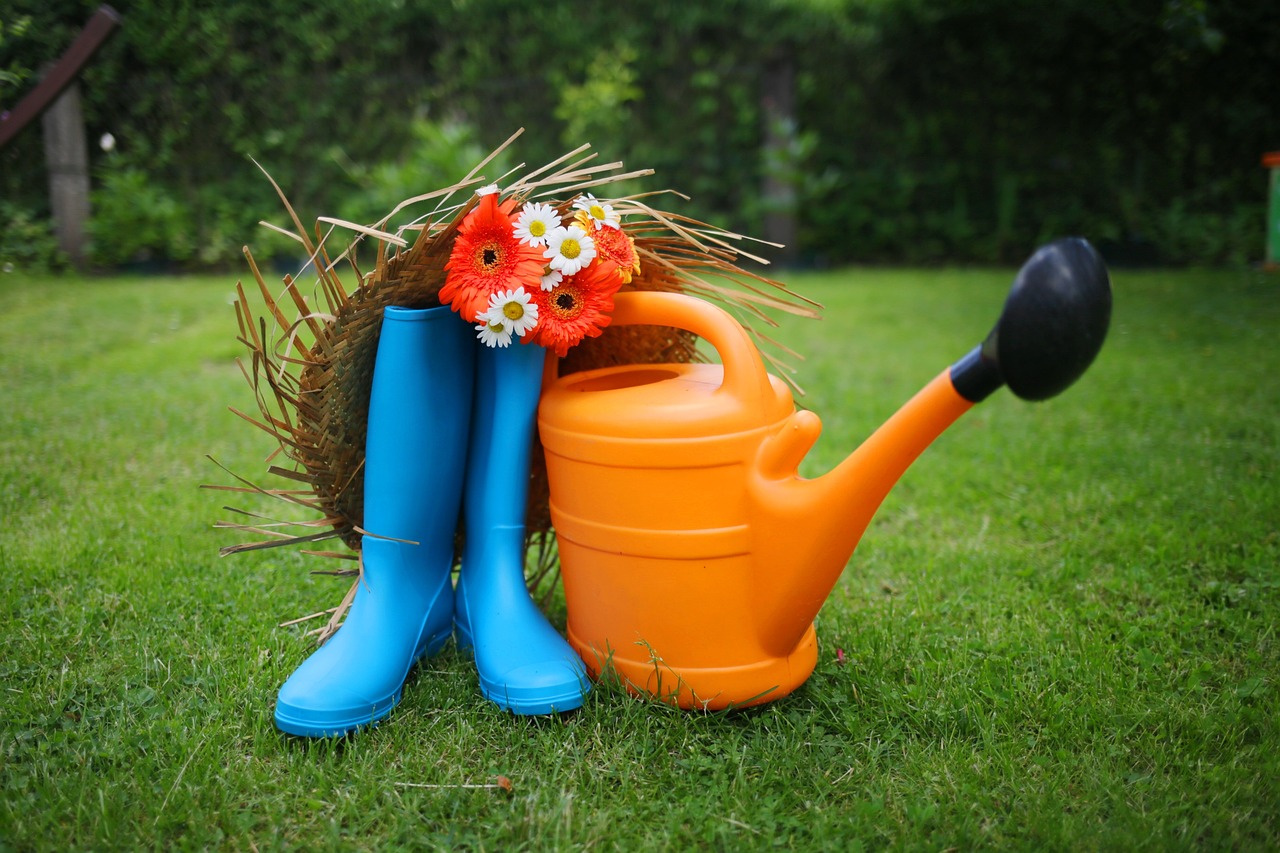
Plants are more complicated than they seem, so they need plenty of care to stay in good shape. That is even true for the grass in your lawn. Aeration and dethatching are vital if you want to keep it in good condition, but people often overlook them. Fortunately, the process is fairly easy, so it doesn’t take much extra work to make your lawn healthier.
Why Dethatch and Aerate?
Lawns naturally build up a layer of thatch over time. That layer is made up of dead grass that is dead but has not rotted. It forms a layer between the healthy grass and the soil. If it gets too thick, it will block nutrients from entering the soil and provide a safe place for pests, which can easily ruin the lawn. Getting rid of the thatch gets rid of that problem. Compacted soil causes similar problems and needs to be fixed with aeration. It’s a simple process, so all you need to do is follow a few steps.
Remove Obstructions
It’s best to start with a clean slate. Go through your lawn and remove any objects or debris that might get in the way. That includes things like sprinkler heads and shallow irrigation lines if you won’t be able to work around them.
Dethatching
- Mow your lawn to half of its normal height.
- Thoroughly rake your lawn. You can use a normal rake if you want, but a specialized dethatching rake will get better results. You should be able to feel the thatch loosening and moving regardless of which tool you use. Automated dethatching machines are another alternative, but they are only necessary in extreme cases.
- You should end up with a few heaps of loose thatch spread over your lawn. Gather all of it and either throw it away or use it to make compost.
- Apply grass seeds to any bare or patchy areas in your lawn.
- Apply a layer of your normal fertilizer to help the lawn recover.
Aeration
- Apply about one inch of water to your lawn the day before you aerate it, to help loosen up the soil.
- Use your aerator to remove plugs of soil from the lawn. Be sure to follow your machine’s instructions carefully! Leave the plugs in place so they can naturally break down.
- If your lawn has never been aerated before or is badly compacted, do a second pass with the aerator. It should be perpendicular to the first to ensure good coverage.
- Apply water and fertilizer.
Prevent Future Problems
Some thatch and compacting are inevitable, but you can take steps to prevent the worst of it in the future. You should try to avoid giving your lawn too much water or fertilizers. You should also avoid any pesticides that can hurt worms, which naturally break up the soil. Finally, be sure to use a rake to get rid of leaves instead of a leaf blower, since it will do a little natural dethatching at the same time.
